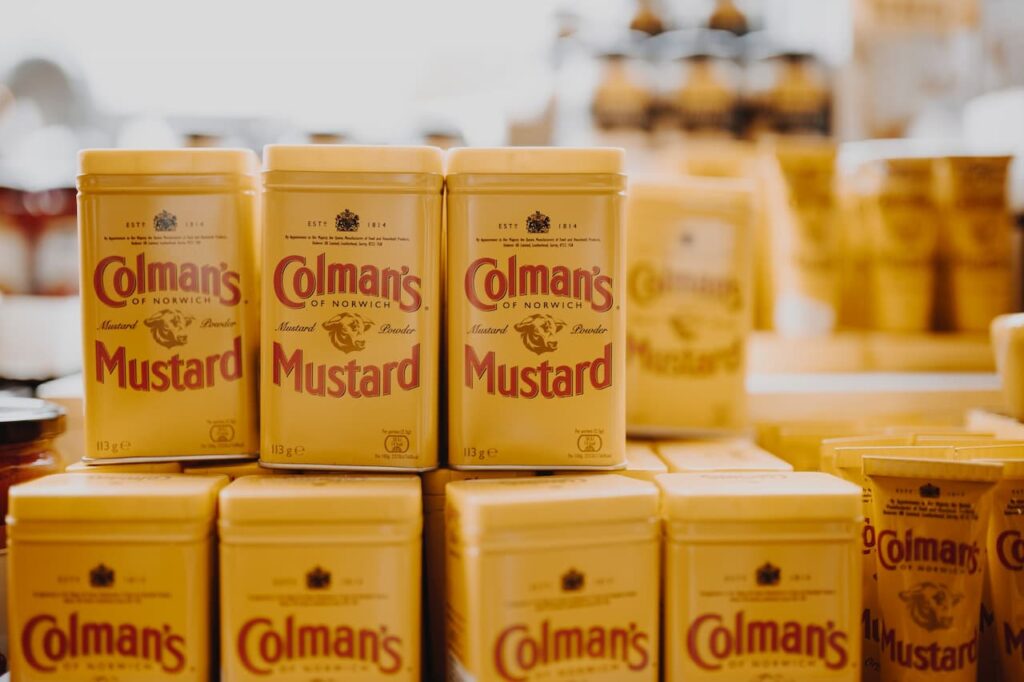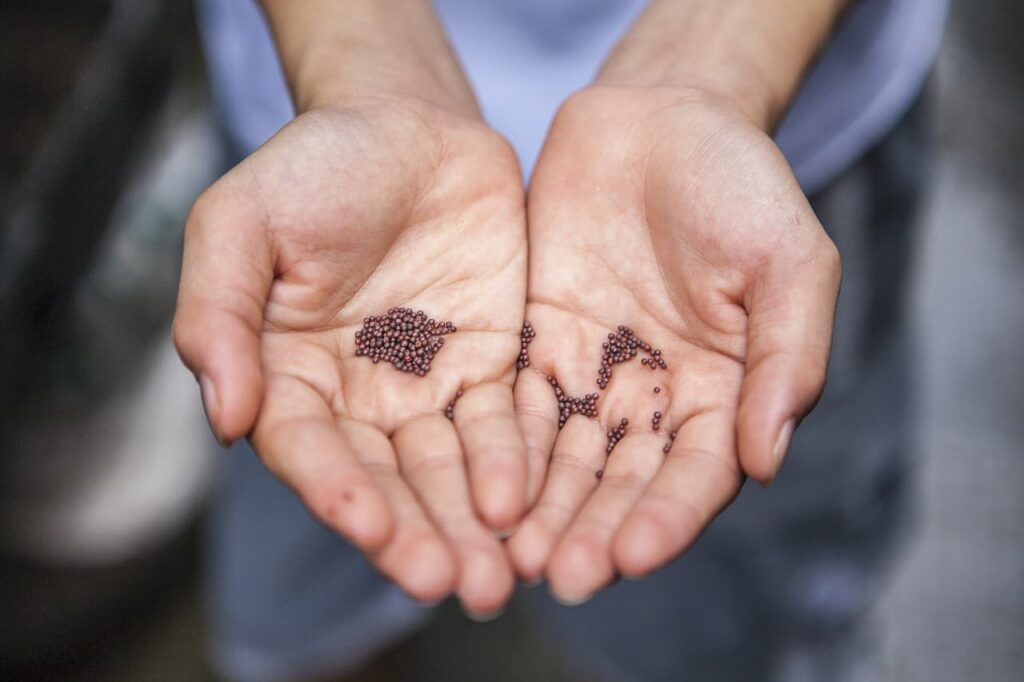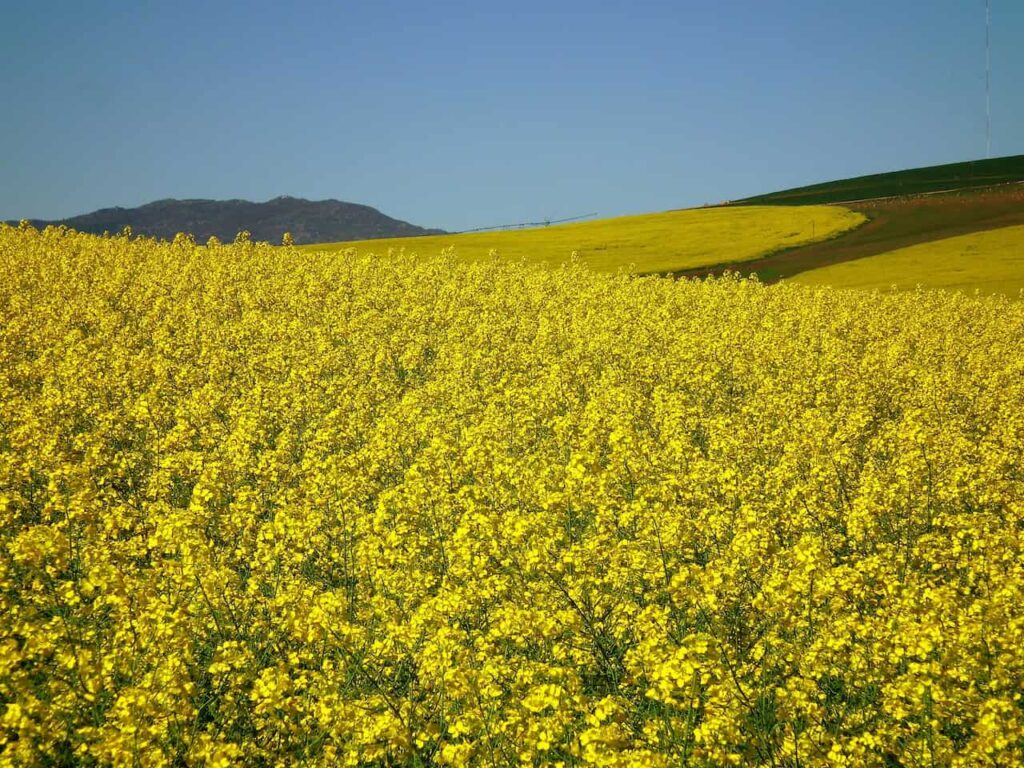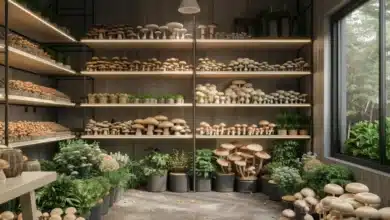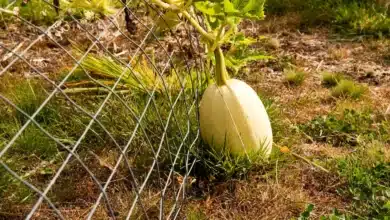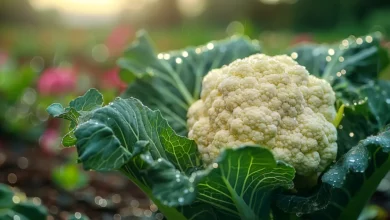How to Grow Mustard
Mustard offers attractive flowers, aromatic greens, and, best of all spicy seeds.
Mustard is an ancient plant that’s appealing to most contemporary gardeners. They are quickly grown and produce seeds in as few as 60 days. The greens are edible and have attractive flowers. If the seeds mature on the plant, they will self-sow and still provide lots of mustard. Is making your mustard worth the effort? Considering that a small jar of good Dijon can cost up to $6, then it is. A dollar’s worth of seed will produce a pantry shelf full of fine mustards and plenty of greens than you can shake a salad spinner at.
Mustard in all its forms (shoots, leaves, flowers, whole seed, powdered, or prepared) is low-fat and a flavorful means of punching any savory food.
Several vineyard owners deliberately plant mustard as a cover crop or let field mustard (Brassica kaber) run rampant. When plowed back into the soil, the plants act as green manure and release nitrogen. Also, mustard repels some insects (the seeds are that hot) and attracts syrphid flies, beneficial predators that attack vine-chewing insects.
Mustard seed contains trace amounts of vegetable fat, zero cholesterol, and about 25 percent protein. The leaf mustard contains calcium, phosphorus, magnesium, and Vitamin B. The calories are negligible in most basic prepared mustards, so feel free to indulge.
Presently, mustard is the second most demanded spice in the United States. Historical records indicate that mustard has been used since 4,000 BC, and it’s believed that prehistoric man chewed mustard seeds with his meat (maybe to disguise decay). From 2,000 BC, ancient civilizations used it as an oil, a spice, and a medicinal plant. It was introduced into western and northern Europe in the early Middle Ages.
Over the years, mustard has been improved with medicine. It can be used as an appetite stimulant, a digestive aid, and a decongestant. Since mustard increases blood circulation, it’s often used in plaster form to treat inflammation. Even folklore says you can sprinkle the mustard powder on your socks to prevent frostbite.
All mustard species are from the Cruciferae family. Brassica nigra, B. alba, and B. juncea produce black, white (a yellowish-tan), and brown seeds, respectively. The black seeds of B. nigra are used for moderately spicy mustards. French cooks use them for making Dijon-style mustard (True Dijon mustard is mustard that comes from that city, which has the exclusive right to produce it).
In West Indian dishes, the black seeds are fried until they pop. The black variety produces less-desirable greens and is intended to be grown for seed.
White seeds (B. alba)are the primary ingredient in traditional ball-park mustard, the most common and the mildest of the three varieties. Also, it has the strongest preserving ability, and it’s the kitchen gardener’s choice for pickles, relishes, and chutneys. White mustards are not typically grown for their greens.
Brown mustard is the hottest of all. It’s used for curries and Chinese hot mustards, and frequently for Dijon-type mustards. If you’re cultivating mustard for the greens, choose B. juncea or an Oriental variety like ‘Giant Red.’
Mustard is easy to grow.
Mustard thrives in most soils but will produce more seeds in rich, well-drained, well-prepared soil with a pH of no less than 6.0 and constant moisture. It likes cool weather. A light frost can even enhance the flavor. Black mustard is the least fussy.
For the best results, add 10 to 15 pounds of 5-10-10 fertilizer per 500 square feet or the organic equivalent. Thoroughly work the amendments into the top 2 to 3 inches of soil before seeding.
During springtime, sow the seed in drills about 1⁄8 inch deep, and 15 inches apart as the last frost deadline nears. If you’re in the South, you can seed in September or October for harvest during fall and winter. After the plants have sprouted, you can almost ignore them, thin to 9 or 10 inches apart. If you’re interested in harvesting many seeds, feed the plants regularly.
Fortunately, mustard is free of insect and disease problems, and larger critters don’t seem to like it either. The hotter and drier the weather, the faster the plants go to seed, about 0 to 60 days, depending on the variety and the climate.
Cutting the mustard
Use B. juncea leaves for a salad when they’re small, young, and tender, while the larger leaves are for sautéing or stewing. The young leaves are used for stir-fries and salads. Mustard greens add an amazing, sharp flavor contrast to mild, buttery lettuce and are usually one of the plants in mesclun mixes.
Larger mustard leaves must be cooked. They can be stewed with bacon or a ham hock, southern-style, or shredded and sauté with other greens to serve as a bed for grilled fish and meats. Also, mustard greens can be added to long-cooking soups and stews, while flowers can be an edible garnish.
Watch out if you let the pods get too ripe, or your garden could become overrun with mustard plants, which may be precisely what you want. If you want to harvest seeds, however, pick the pods just after they change from green to brown, before they are entirely ripe; otherwise, they will shatter, and the fine seed will blow into every corner of your garden.
Be on alert if you want the pods to get too ripe, or your garden could be swarming with mustard plants, which may be your desire. However, if you want to harvest seeds, pick the pods after they change from green to brown, before they are entirely ripe; otherwise, they will scatter, and the fine seed will disperse into every corner of your garden.

